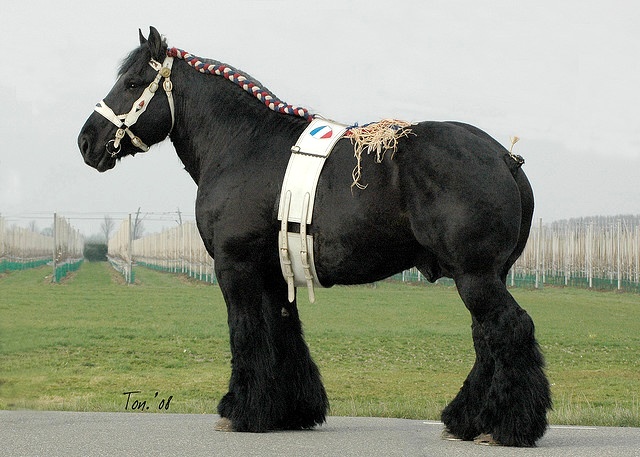Horseracing is a sport that is steeped in tradition and history. It has long been seen as a way to test the skills and abilities of both horse and rider, as well as to provide entertainment and excitement to those who are watching. As with any sport or competition, the performance of the participants is of paramount importance, and part of this performance is determined by form. But what does form mean in horseracing?
Form is a term used to describe how a horse has performed in recent races. It is a record of how the horse has done in the past and is used as an indication of how the horse might do in future races. Form is a critical factor in horseracing and can be the difference between success and failure for the horse and rider. This article will explore what form means in horseracing and how it can be used to help handicappers and punters make informed betting decisions.
I. What is Form?
Form in horseracing is a record of how a horse has performed in recent races. It consists of the horse’s finishing position, the time of the race, the conditions of the race, the jockey’s performance, and any other relevant information. This information is used to provide an indication of the horse’s ability and potential for future races.
II. Types of Form
Form can be divided into two main types: short-term form and long-term form. Short-term form is a record of the horse’s performance in the last few races, whereas long-term form is a record of the horse’s performance over a longer period of time. Both types of form are used to help handicappers and punters make informed betting decisions.
III. Factors Affecting Form
Form is influenced by a variety of factors, including the track conditions, the type of race, the distance of the race, the size of the field, and the jockey’s performance. All of these factors can have a significant impact on the performance of a horse, and as such, should be taken into consideration when evaluating form.
IV. Using Form to Handicap Races
Form is an important tool for handicappers and punters when trying to make an informed betting decision. By looking at the form of a horse, handicappers and punters can gain a better understanding of the horse’s ability and potential and can use this information to make more informed betting decisions.
V. Form and Race Selection
Form is also used as a tool for selecting races. By looking at the form of a horse, handicappers and punters can determine which races the horse is best suited for and can use this information to make better selections when picking races to bet on.
VI. Form and Jockey Selection
Form is also used as a tool for selecting jockeys. By looking at the form of a jockey, handicappers and punters can determine which jockeys are best suited for a given horse and can use this information to make better selections when picking jockeys to ride a horse.
VII. Form and Betting Strategies
Form can also be used as a tool for developing betting strategies. By looking at the form of a horse, handicappers and punters can determine which types of bets they should place on the horse and can use this information to develop betting strategies that maximize their chances of winning.
VIII. Form and Betting Tips
Form can also be used as a tool for developing betting tips. By looking at the form of a horse, handicappers and punters can determine which types of bets they should place on the horse and can use this information to develop betting tips that can help them make more informed betting decisions.
IX. Form and Breeding
Form can also be used as a tool for evaluating a horse’s pedigree. By looking at the form of a horse, handicappers and punters can gain a better understanding of the horse’s potential and can use this information to make more informed decisions when evaluating a horse’s breeding.
X. Conclusion
Form is an important factor in horseracing and can be used as a tool for handicappers and punters to make more informed betting decisions. By looking at the form of a horse, handicappers and punters can gain a better understanding of the horse’s ability and potential and can use this information to make more informed betting decisions.

